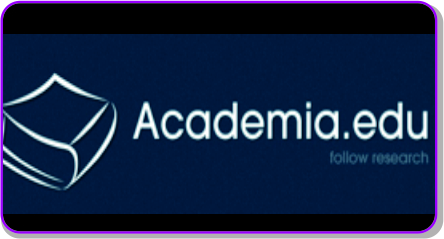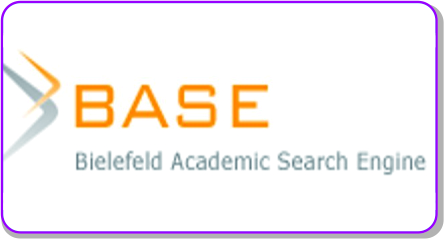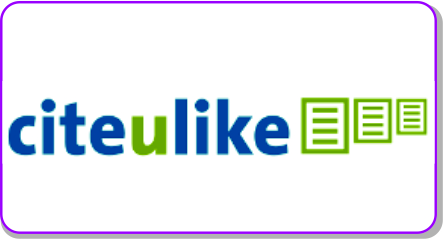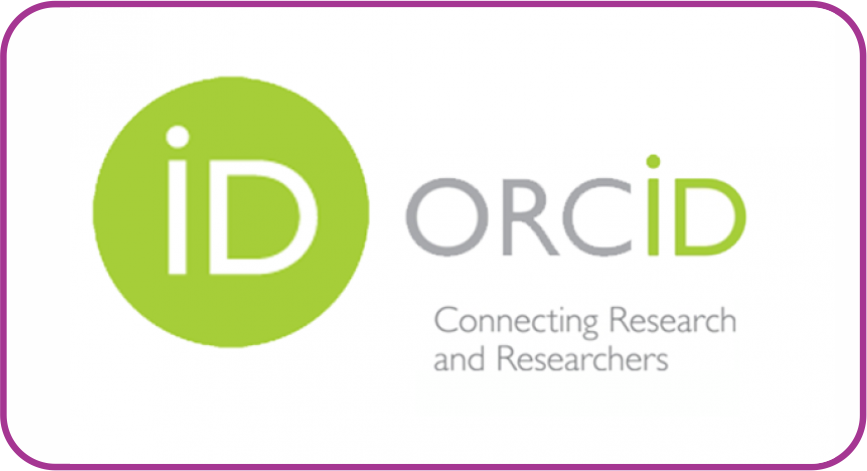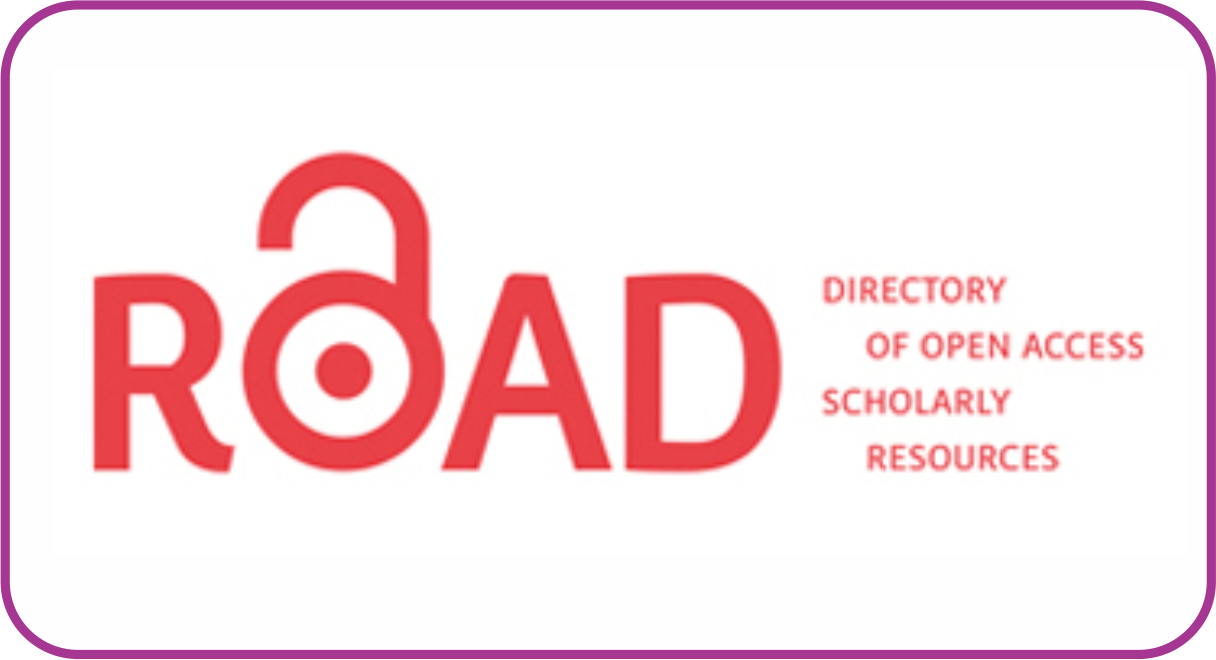Effect of Head Teachers’ Collaborative Partnerships on Inclusive Education Implementation in Public Primary School
DOI:
https://doi.org/10.30983/educative.v6i1.4289Keywords:
content, formatting, article, partnerships collaboration, inclusive education.Abstract
The purpose of the study was to investigate the effect of head teachers’ collaborative partnerships with parents, government agencies and NGOs, on the implementation of inclusive education in public primary schools in Nairobi City County in Kenya. Descriptive survey was applied, and Chi-square tested the null hypothesis. Questionnaires were administered to 71 head teachers and 297 teachers, supplemented by document analysis. Interview was used on eight Quality Assurance Standards Officers (QASOs) and four Education Assessment Resource Centre Officers (EARCs). Quantitative data was coded and analysed using descriptive statistics, and presented in frequency tables and bar graphs. Qualitative data was coded, transcribed and presented in narrative form. The study established the relationship between head teachers’ collaborative partnerships with implementation of inclusive education. Nevertheless, majority of schools lacked well- structured coordinated partnerships resulting in low participation in schools programs as referenced by head teachers and teachers on provision for specialized teaching and learning resources, 63.4% and 63.3%; assessment of learners, 64.8% and 70.4%; outsourcing of funds, 69% and 69.7%. Therefore, head teachers should increase capacities in collaborative partnerships and fully utilize them for inclusive education implementation.
Penelitian ini bertujuan untuk mengetahui pengaruh kemitraan kolaboratif kepala sekolah dengan orang tua, lembaga pemerintah dan LSM, pada pelaksanaan pendidikan inklusif di sekolah dasar negeri di Kota Nairobi di Kenya. Survei deskriptif diterapkan, dan Chi-square menguji hipotesis nol. Kuesioner diberikan kepada 71 kepala sekolah dan 297 guru, dilengkapi dengan analisis dokumen. Wawancara digunakan pada delapan Petugas Standar Penjaminan Mutu (QASO) dan empat Petugas Pusat Penilaian Pendidikan (EARC). Data kuantitatif diberi kode dan dianalisis menggunakan statistik deskriptif, dan disajikan dalam tabel frekuensi dan grafik batang. Data kualitatif dikodekan, ditranskripsikan dan disajikan dalam bentuk naratif. Studi ini menjelaskan hubungan antara kemitraan kolaboratif kepala sekolah dengan implementasi pendidikan inklusif. Namun, sebagian besar sekolah tidak memiliki kemitraan terkoordinasi yang terstruktur dengan baik, yang mengakibatkan rendahnya partisipasi dalam program sekolah seperti yang dirujuk oleh kepala sekolah dan guru tentang penyediaan sumber untuk belajar dan mengajar, 63,4% dan 63,3%; penilaian peserta didik, 64,8% dan 70,4%; outsourcing dana, 69% dan 69,7%. Oleh karena itu, kepala sekolah harus meningkatkan kapasitas dalam kemitraan kolaboratif dan memanfaatkannya sepenuhnya untuk pelaksanaan pendidikan inklusif.
References
Book
Baker, T.I, Doing Social Research, 2nd edn (New York: McGraw, 1994)
Best, J. W., & Kahn, J. V., Research in Education, 10th edn (Upper Saddle River, NJ: Pearson Education, Inc., 2006)
Creswell, J.W, Educational Research: Planning, Conducting and Evaluating Quantitative and Qualitative Research, 4th edn (London: Pearson Research, 2012)
CRPD, Convention on the Rights of Persons with Disabilities (New York, 2006)
KISE, The National Survey on Children with Disabilities and Special Needs (Nairobi, 2018)
Cronbach, L.R., Essentials of Psychological Testing, 3rd edn (New York: Harper and Row, 1970)
Nairobi City County, Taskforce Education Report. (Nairobi, 2015)
Journal
Adoyo, O.P. & Odeny, L.M., ‘Emergent Inclusive Education in Kenya: Challenges and Suggestions’, . . International Journal of Research in Humanities and Social Studies, 2.6 (2015), 47–52
Gathumbi, Agnes, Henry Ayot, John Kimemia, and Samson Ondigi, ‘Teachers’ and School Administrators’ Preparedness in Handling Students with Special Needs In Inclusive Education In Kenya’, Journal of Education and Practice, 6.24 (2015), 129–39
Talley, Lauren, and E. Sharon Brintnell, ‘Scoping the Barriers to Implementing Policies for Inclusive Education in Rwanda: An Occupational Therapy Opportunity’, International Journal of Inclusive Education, 20.4 (2016), 364–82
Juma, Malasi Nyali Maghuwa Flora; Samuel Wanyonyi, ‘The Role of Educational Assessment Resource Centres in Promoting Inclusive Education in Kenya’, International Journal of Science and Research (IJSR), 7.1 (2018), 885–89 <https://doi.org/10.21275/ART20179263>
WHO, CBR Guidelines. Health Component (Geneva, 2010)
———, ‘World Report on Disability 2011’, American Journal of Physical Medicine Rehabilitation Association of Academic Physiatrists, 9.1 (2011), 549
Billingham, Sophie Am, Amy L. Whitehead, and Steven A. Julious, ‘An Audit of Sample Sizes for Pilot and Feasibility Trials Being Undertaken in the United Kingdom Registered in the United Kingdom Clinical Research Network Database’, BMC Medical Research Methodology, 13.1 (2013), 1 <https://doi.org/10.1186/1471-2288-13-104>
Stoner, J. B., Bock, S. J., Thompson, J. R., Angell, M. E., Heyl, B. S., & Crowley, E. P., ‘Welcome to Our World: Parent Perceptions of Interactions between Parents of Young Children with ASD and Education Professionals’, Focus on Autism and Other Developmental Disabilities, 20.1 (2005), 39‒51 <https://doi.org/10.1080/13603116.2015.1081634>
Meenakshi, S., Anke de Boer, and Sip, J.P, ‘Inclusive Education in Developing Countries: A Closer Look at Its Implementation in the Last 10 Years.’ (Umang, Jaipur India: Routeledge.TaylorandFrancisGroup., 2013)
Online Reference
Barton, Paul E, ‘Parsing the Achievemnt Gap: Baselines for Tracking Progress’, Policy Information Report, Educational Testing Service, Policy Information Center, 2003, 1–42
Borg, J, The State of the World’s Children 2013 Children with Disabilities. (New York, 2013)
Buhere, Pamela, and Pamela Ochieng, ‘Usage of Selected Resources for Inclusive Education in Mainstream Primary Schools: Issues and Challenges From a Kenyan Perspective.’, Problems of Management in the 21st Century, 8 (2013), 16–24
Deng, M. and J.C. Holdsworth, ‘From Unconscious to Conscious Inclusion: Meeting Special Education Needs in West China.’, Disability and Society, 22.5 (2007), 507–522.
Department for International Development, Accessing Inclusive Education for Children with Disabilities in Kenya:Global Campaign for Education. (United Kingdom, 2015)
DiPaola, M. F., and Walther-Thomas, C., Principals and Special Education:The Critical Role of School Leaders (Florida, 2003)
Duhaney, L. G. M. and Spencer, J. S, ‘Parental Perceptions of Inclusive Educational Placements’, Remedial and Special Education, 21.2 (2000), 121–29.
Education, National Council for Special, Literature Review of the Principles and Practices Relating to Inclusive Education for Children with Special Needs. (Europe, 2010)
Epstein, J. L, School, Family and Community Partnerships: Preparing Educators and Improving Schools. (Westview: Boulder, CO, 2001)
Gold, B, Social Construction of Urban Education: New Jersey Whole School Reform and Teachers’ Understanding of Social Class and Race (New York: Pace University, 2002)
Government of India, Scheme of Assistance of Assistance to Disabled Persons for Purchase/Fitting of Aids/ Appliances (ADIP Scheme) (New Delhi, 2014)
Handicap International, Inclusive Education in Kenya Assessment Report. Policy Paper on Inclusive Education in Kibera and Dandora. (Nairobi, 2013)
Hayes, A.M. and Bulat, J, Disabilities Inclusive Education Systems and Policies Guide for Low and Middle Income Countries. (New York: RTI Press Publication, 2017)
Irungu, J.M., ‘Influence of Head Teacher Leadership Development on Implementation of Inclusive Education in Public Primary Schools in Kiambu County, Kenya’ (University of Nairobi, 2014)
Janney, R., Snell, M. E., Beers, M. K., & Raynes, M., ‘Integrating Students with Moderate and Severe Disabilities into General Education Classes.’, Exceptional Children, 61.5 (1995), 425-439.
KovaÄ Cerović, T., Pavlović Babić, D., Jovanović, O., ‘Foundations for Development of Monitoring Framework for Inclusive Education in Serbia.’, in Monitoring Framework for Inclusive Education in Serbia, ed. by I. (Ed.) In Latinović (Belgrade: Unicef, Serbia, 2014), pp. 12–41)
Layton, N., ‘Problems, Policies and Politics: Making the Case for Better Assistive Technology Provision in Australia.’, Disability and Rehabilitation Assistive Technology, 10.3 (2015), 240–44
Leithwood, K., Seashore, K.L., Anderson, S. and Wahlstrom, K., Review of Research How Leadership Influences Student Learning (University of Minnesota: Wallace Foundation, 2014)
Mariga, L., McConkey, R. & Myezwa, H, Inclusive Education in Low-Income Countries: A Resource Book for Teacher-Educators, Parents, Trainers and Community Development Workers (Cape Town: Atlas Alliance and Disability Innovations Africa, 2014)
Njoka, E., Riechi, A., Obiero, C., Kemunto, E., Muraya, D., Ongoto, J. & Amenya, D., Towards Inclusive and Equitable Basic Education System: Kenya’s Experience (Ouagadougou, Burkina Faso, 2013)
Psychologists, National Association of School, ‘Position Statement on Home-School Collaboration: Establishing Partnership to Enhance Educational Outcomes’, 2005
Republic of Kenya. (2014a), National Education Sector Plan 2013-2018. (Nairobi, 2014)
Republic of Kenya. (2014b)., National Special Needs Education Survey Report. (Nairobi, 2014)
Republic of Kenya. (2018a), Sector Policy for Learners and Trainees with Disabilities (Nairobi, 2018)
Republic of Kenya. (2018b), Sessional Paper on Reforming Education and Training for Sustainable Development (Nairobi, 2018)
Republic of Kenya, Education Sector Report 2017/18-2019/20. (Nairobi, 2016)
Sanders, M. G. and Harvey, A, ‘Beyond the School Walls: A Case Study of Principal Leadership for School- Community Collaboration.’, Teachers College Record, 104.7 (2002), 1345-1368.
UNESCO, Education for All National Review Report: Kenya (Paris, 2015)
———, Policy Guidelines on Inclusion in Education. (Paris, 2009)
United Nations Department of Economic and Social Affairs, Global Status Report on Disability and Development (New York, 2015)
Villa, R. A., P. M. Van Le Tac, S. Muc, N. T. M. Ryan, C. Weill Thuy, and J. S. Thousand, ‘Inclusion in Vietnam: More than a Decade of Implementation’, Research and Practice for Persons with Severe Disabilities, 28.1 (2003), 23–32
Downloads
Additional Files
Submitted
Accepted
Published
Issue
Section
License
Authors who publish with this journal agree to the following terms:
1. Authors retain copyright and grant the journal right of first publication with the work simultaneously licensed under a Creative Commons Attribution License that allows others to share the work with an acknowledgment of the work's authorship and initial publication in this journal.
2. Authors are able to enter into separate, additional contractual arrangements for the non-exclusive distribution of the journal's published version of the work (e.g., post it to an institutional repository or publish it in a book), with an acknowledgment of its initial publication in this journal.
3. Authors are permitted and encouraged to post their work online (e.g., in institutional repositories or on their website) prior to and during the submission process, as it can lead to productive exchanges, as well as earlier and greater citation of published work (See The Effect of Open Access).





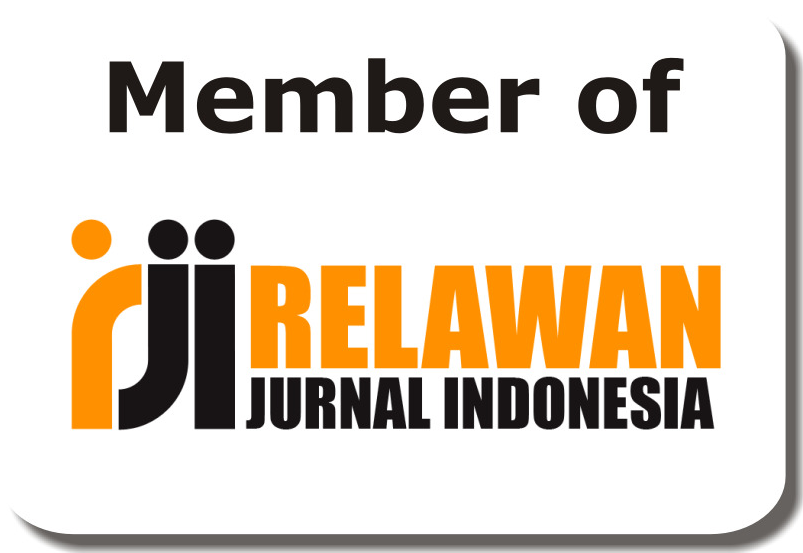
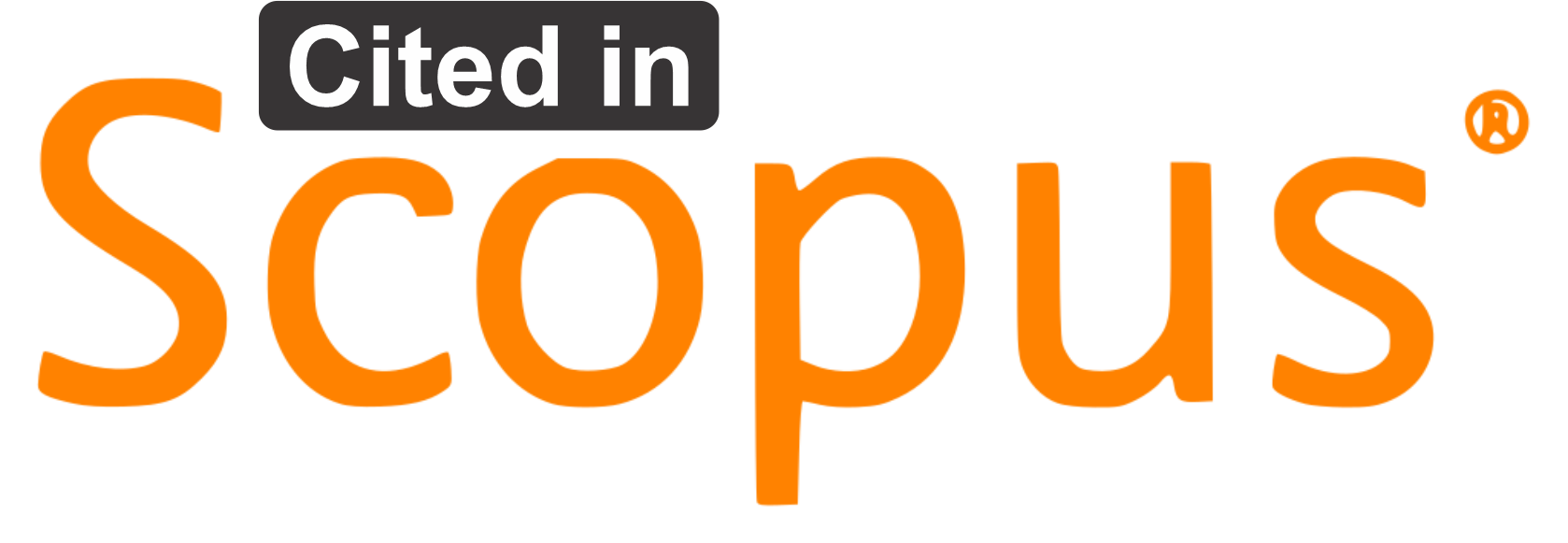

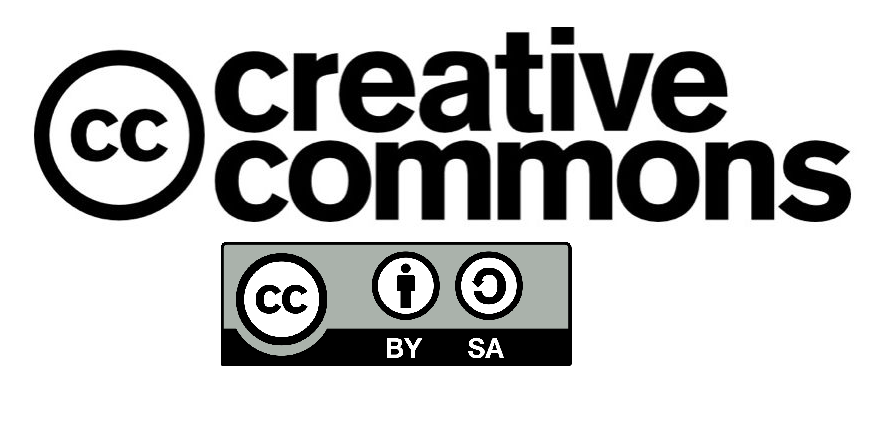
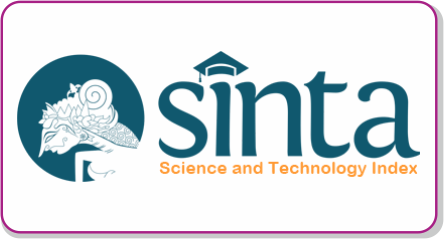
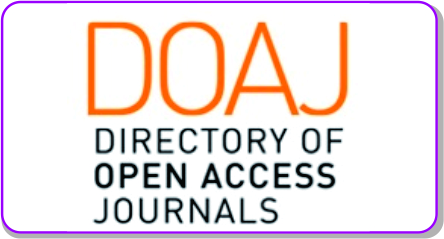


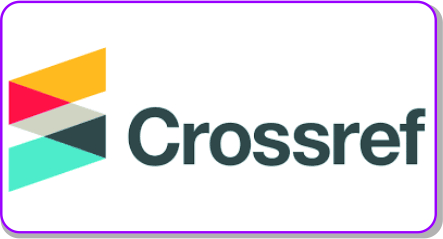


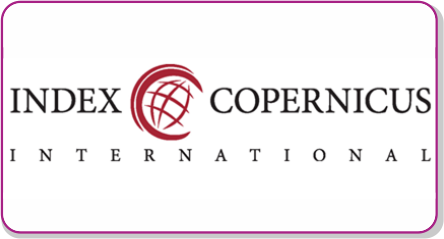

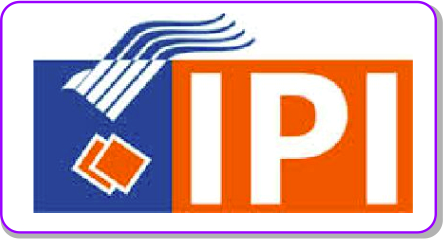 Â
 